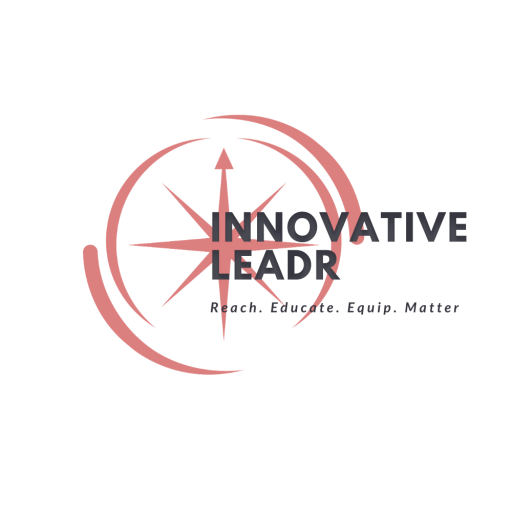By: Dr. Mark Shinn
Dyslexia & Student Reading Difficulties
Let me start with a disclosure. I remain a consultant to Pearson for their aimsweb product and was instrumental in the early development of what became DIBELS (1988-1998).
Now, let’s start with a broader perspective than dyslexia. I am well aware that more than 30 states have responded to the advocacy effort of parents and passed dyslexia legislation, typically an unfunded mandate. The good news in this advocacy and political action is that it has (powerfully) renewed attention to the huge gap between reading science and reading curriculum and instruction that results in reading instruction/programs to be based on appealing, but unsupported theories. Inadvertently, the use of these practices creates students with reading difficulties and assign the blame to them—and their “ disability.” The information about the science-practice gap is not at all new and in part because of dyslexia legislation, as well as analytical reporting by Emily Hanford, and the continued press by reading scientists (e.g., Seidenberg, Moats, and the International Dyslexia Association (IDA), the gap is drawing attention every day. Yet, despite continuing evidence of a reading achievement gap in general and between subgroups in particular, the pace of progress is too slow. I liken our schools’ and colleges of educations’ failure to stop teaching teachers reading myths to climate deniers.
The downside is that dyslexia advocacy and legislation promotes it as a common (e.g., prevalence rates of 20%), yet unique type of reading difficulty, with specialized assessments and specialized treatments. I’m not denying that there are some children/students with dyslexia, but in no way shape or form to they rise to the level of %s promoted by advocates and media. However, what DOES rise to that level is reading difficulties. I’ll come back to that shortly.
The most important diagnostic step for dyslexia and other reading difficulties is powerful, appropriately intensive reading intervention driven by (a) simple and sound universal screening and (b) sufficient frequent progress monitoring to ensure growth and development toward reading proficiency. We need to carefully focus on what is already known about reading assessment growth and development and screening rather than seeking out specifically designed dyslexia test(s).
How about this for an “assessment plan:”
1. Ensure ALL students are met at the school door with research-based CURRICULUM that promote (a) academic English, (b) print awareness, (c) phonological awareness, (d) high quality and explicit phonics instruction, (e) vocabulary, and (f) comprehension strategies. Ensure also that there is an effort for extensive reading practice with corrective feedback and efforts to support “wide reading.” I’ve promoted the idea of EWW for a long time. Read EARLY, WELL, and WIDE(LY).
2. Ensure that school engage in a systematic process of reading “well checks,” much like physicians do with babies’ height and weight charts. Benchmarking–repeated assessments—are NOT designed for repeated SCREENINGS! I should know. We started doing this in the early 80s!
We know what these well checks should include:
A. Letter Names–Entry K and MAYBE a Jan Follow Up. See Marilyn Adams’ work in this area.
B. Letter SOUNDS–typically early K.
C. A SIMPLE oral reading test that is heavily weighted toward highly decodable text that increases the % irregular or grade-level words, starting at end of K typically (or earlier) and Grade 1.
D. Limit growth and development tests to the essentials and not everything we can assess such as phonemic awareness and nonsense words. These tests are generally reliable and valid, but are not required for all students. They are best used judiciously as diagnostic tests when students are NOT growing and developing.
E. Once kids should be reading text (i.e., Grade 1), to me, that’s my primary Growth and Development Indicator! REPEAT. I Benchmark to (a) ensure ALL kids are growing in their reading skills to enable them to be successful readers.
3. Use these Growth and Development Indicators as your universal screener.
4. As soon as possible, I would add a general outcome measure of Spelling (Spelling CBM is one of THE best indicators or LANGUAGE ARTS/Reading risk) and Written Expression CBM in Grade 2. A student cannot hide their challenges with the “code” in spelling and writing.
Bottom line. Dyslexia legislation strengthens our efforts to use:
1. Reading science for better prevention by using validated, research-based reading programs–not leveled readers, reader’s workshops, Pinterest, Teachers Pay Teachers–but programs that include reading MATERIALS and INSTRUCTIONAL PRACTICES aligned with reading science.
2. Simple, CHEAP, time efficient, and scientifically sound and PROVEN measures for purposes of measuring reading GROWTH and DEVELOPMENT
3. That Benchmark data designed for Growth and Development as a Screener (and subsequent more frequent progress monitoring test) for reading DIFFICULTIES, including dyslexia
4. More intensive, research-based interventions to reduce the reading achievement gap, set goals that reduce that gap and monitor progress frequently to ensure the intervention is working and enabling students to get back on the path to being a successful reader.
